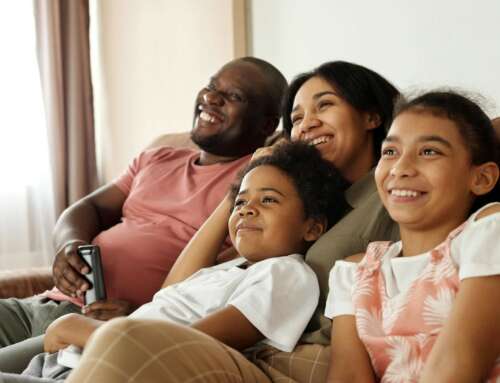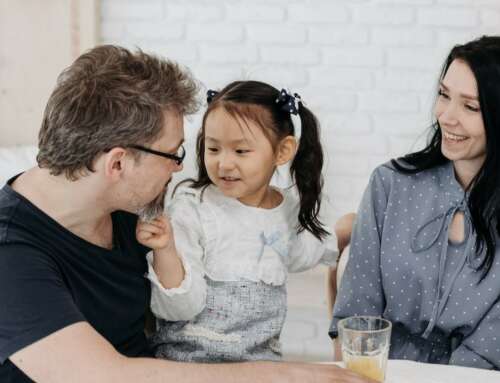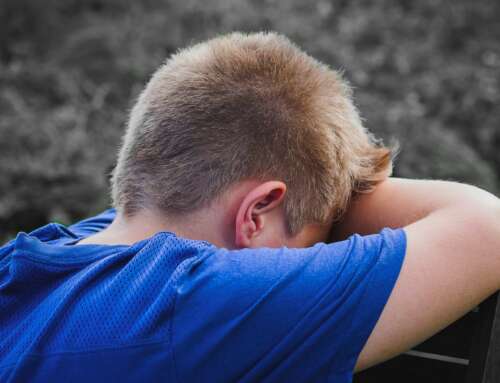
Nina, 10, worries about terrorists and getting things wrong at school. Photo: The Sydney Morning Herald
Ten-year-olds are at the top of their game, it’s the time in their lives they are most likely to feel happy, confident and ready to take on the world. But by age 15, that resilience has plummeted. So what happens on the way to those mid-teen years?
Take Nina, 10 years old and in year 5, she worries about terrorists and getting things wrong at school. Or Lottie, also 10, who sometimes lies awake worrying about dying. But both have tools to tackle their worries. Nina says if you don’t get something right the first time you shouldn’t feel bad, just keep having a go. And Lottie’s mum has taught her to think of happy things, because “it’s not very healthy to worry too much”.
Our kids are really capable now of talking about the big issues that sit behind things such as bullying.
Bev May
Ten-year-olds have been found to be the age group most likely to feel that they have an adult who really listens to them, to feel encouraged and safe at school and to feel “very hopeful”.
So what makes kids feel able to deal well with life’s challenges, to bounce back from the tough times and have a go?
Researchers behind a massive study on young people and resilience have been asking around 78,000 Australian children and teens this question. The study found clear-cut differences between 10-year-olds and those five years older: 59 per cent of 10-year-olds were found to have good or excellent levels of resilience, versus just 32 per cent of 15-year-olds.
The 15-year-olds, usually in year 9, are far less likely to feel encouraged at school, to feel safe at school, to have an adult who listens to them or to feel “very hopeful”. And in one clue to why there is such a marked difference between the older and younger children, 15-year-olds were more than twice as likely to have been bullied online in the past year.
Read more >>







Leave A Comment